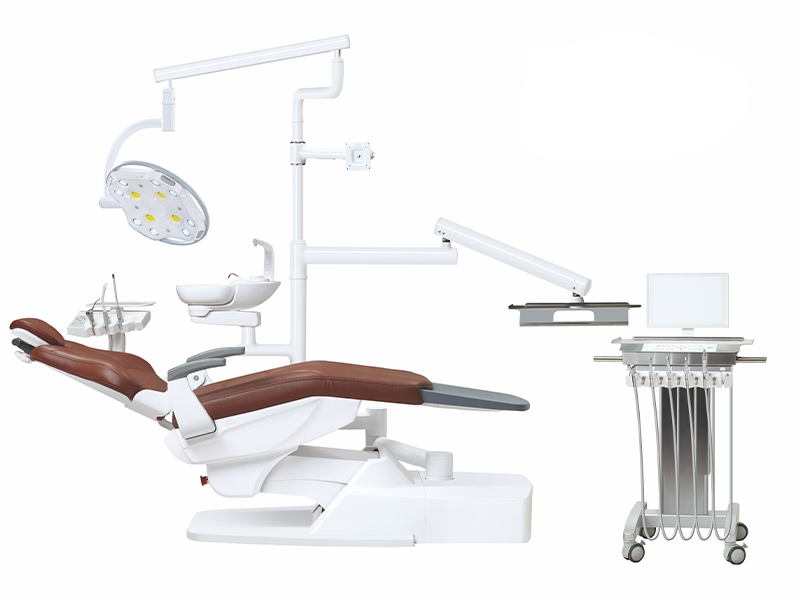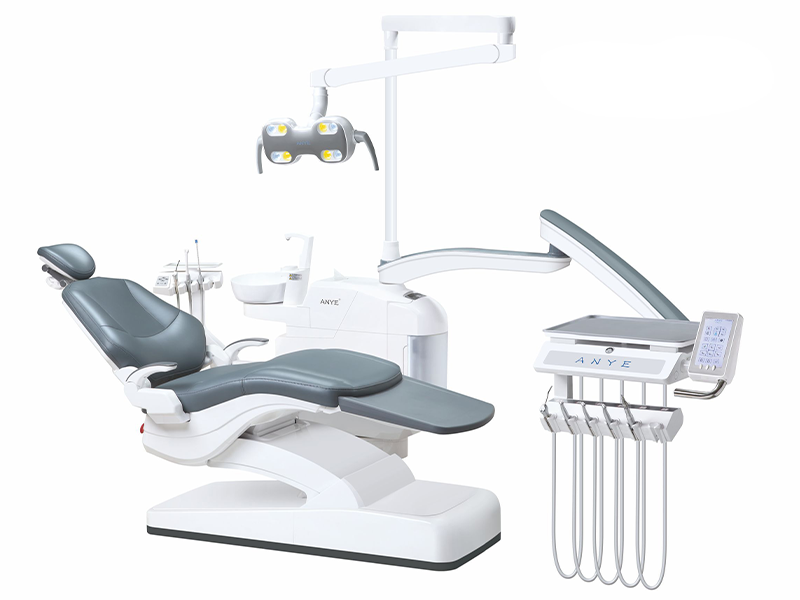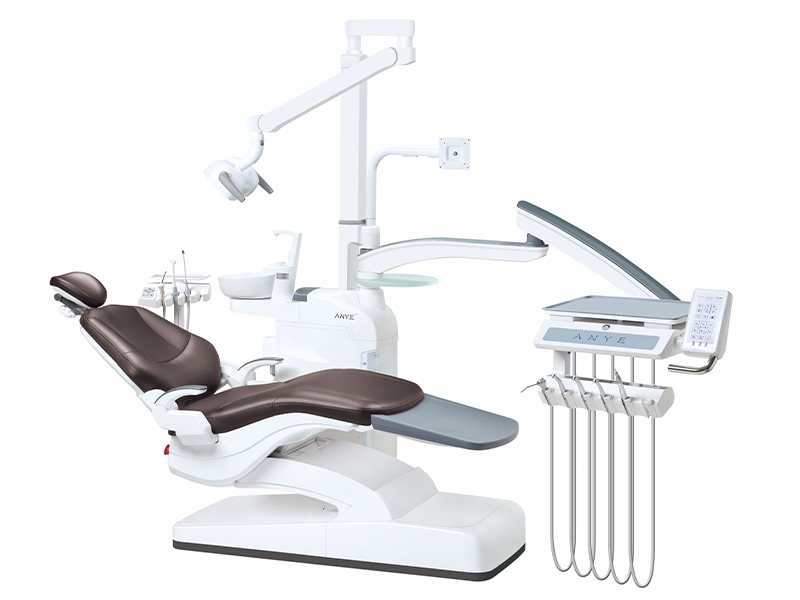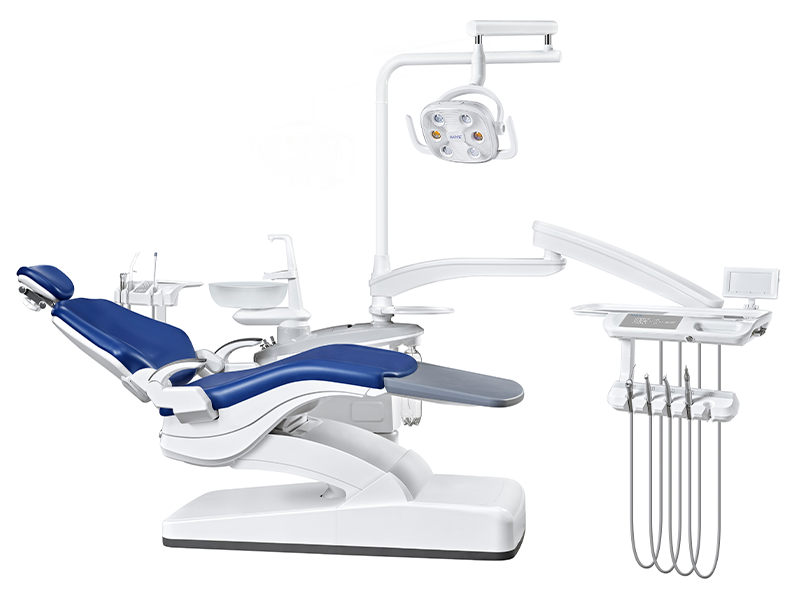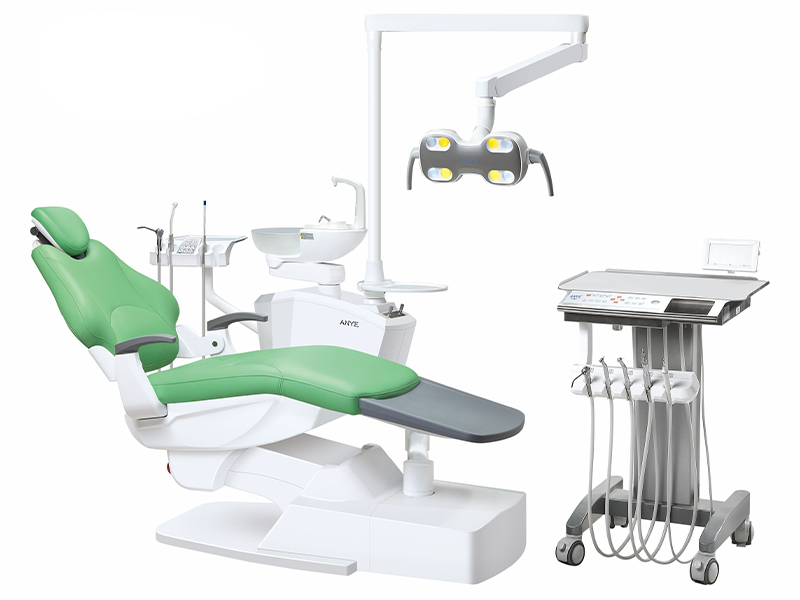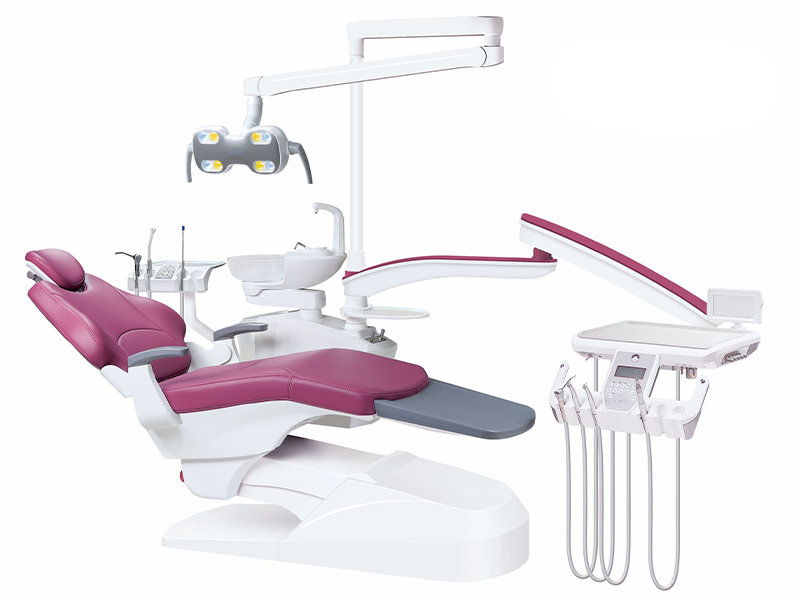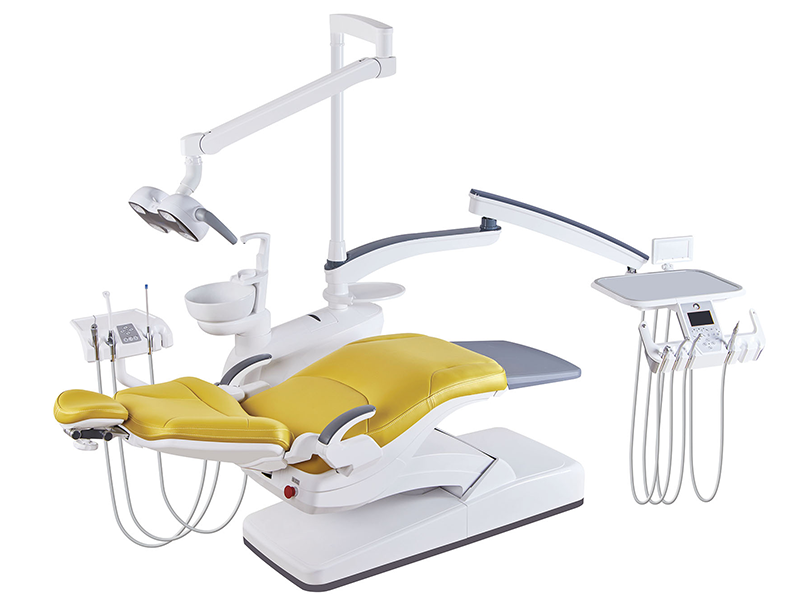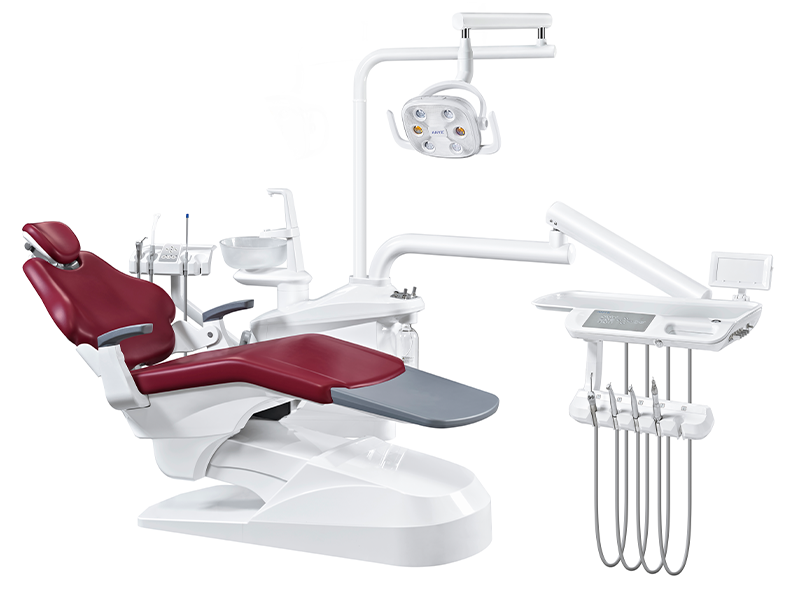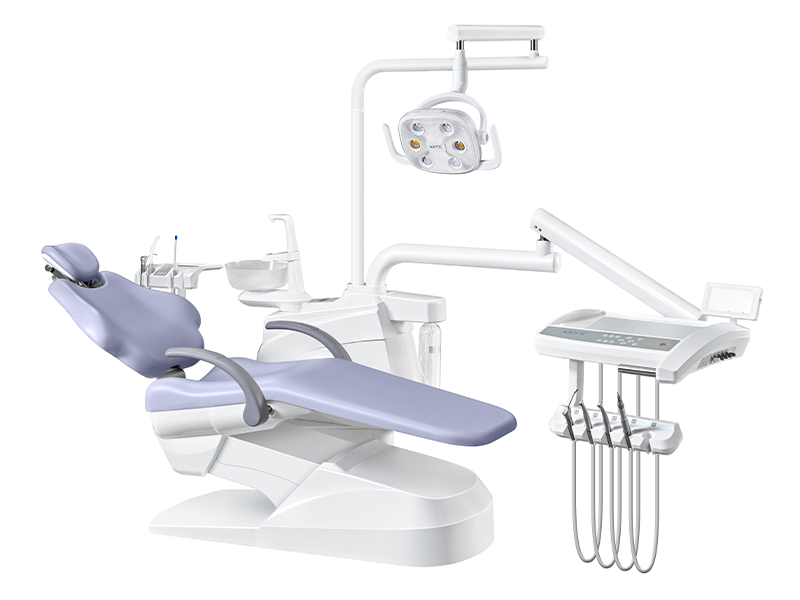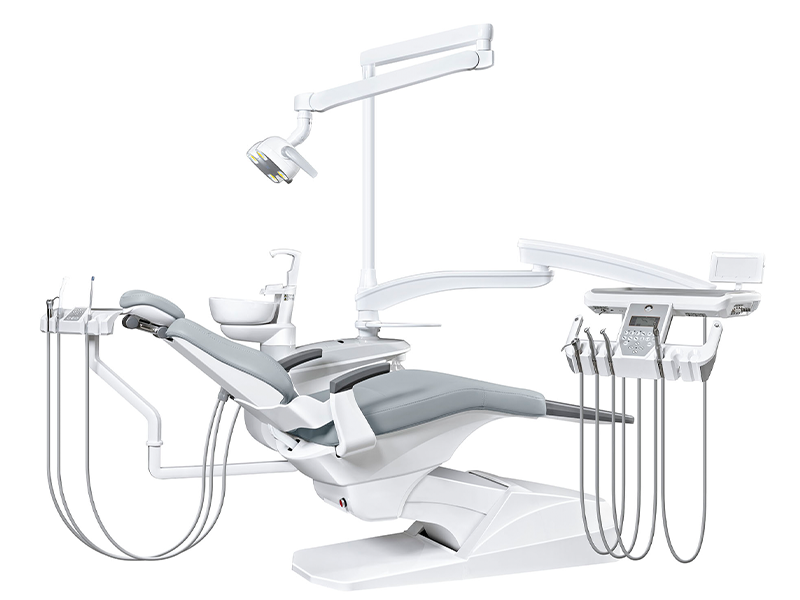Did you know that over 60% of dental professionals experience musculoskeletal disorders due to poor ergonomics? If you’re a dentist or clinic owner, you know how crucial it is to maintain precision and comfort during procedures. That’s where dental chair ergonomics comes in—a game-changer for both practitioners and patients. At Anye Dental, we understand the challenges you face, and we’re here to help you unlock the importance and benefits of ergonomic dental chairs.
In this article, you’ll discover how ergonomic dental chairs can enhance your workflow, reduce physical strain, and improve patient satisfaction. We’ll explore key features, such as adjustable positioning and patient-friendly designs, and how they contribute to a more efficient practice. Whether you’re upgrading your clinic or just starting out, this guide will show you why investing in the right dental chair is a decision you won’t regret.
Ready to transform your practice? Let’s dive into the world of dental chair ergonomics and see how Anye Dental’s innovative solutions, like the AY-215A1 Implant Dental Unit or the AY-215B2 Disinfection Dental Unit, can make a difference. Keep reading to learn how the right chair can elevate your dental care experience!
The Foundation of Comfort: Understanding Dental Chair Ergonomics
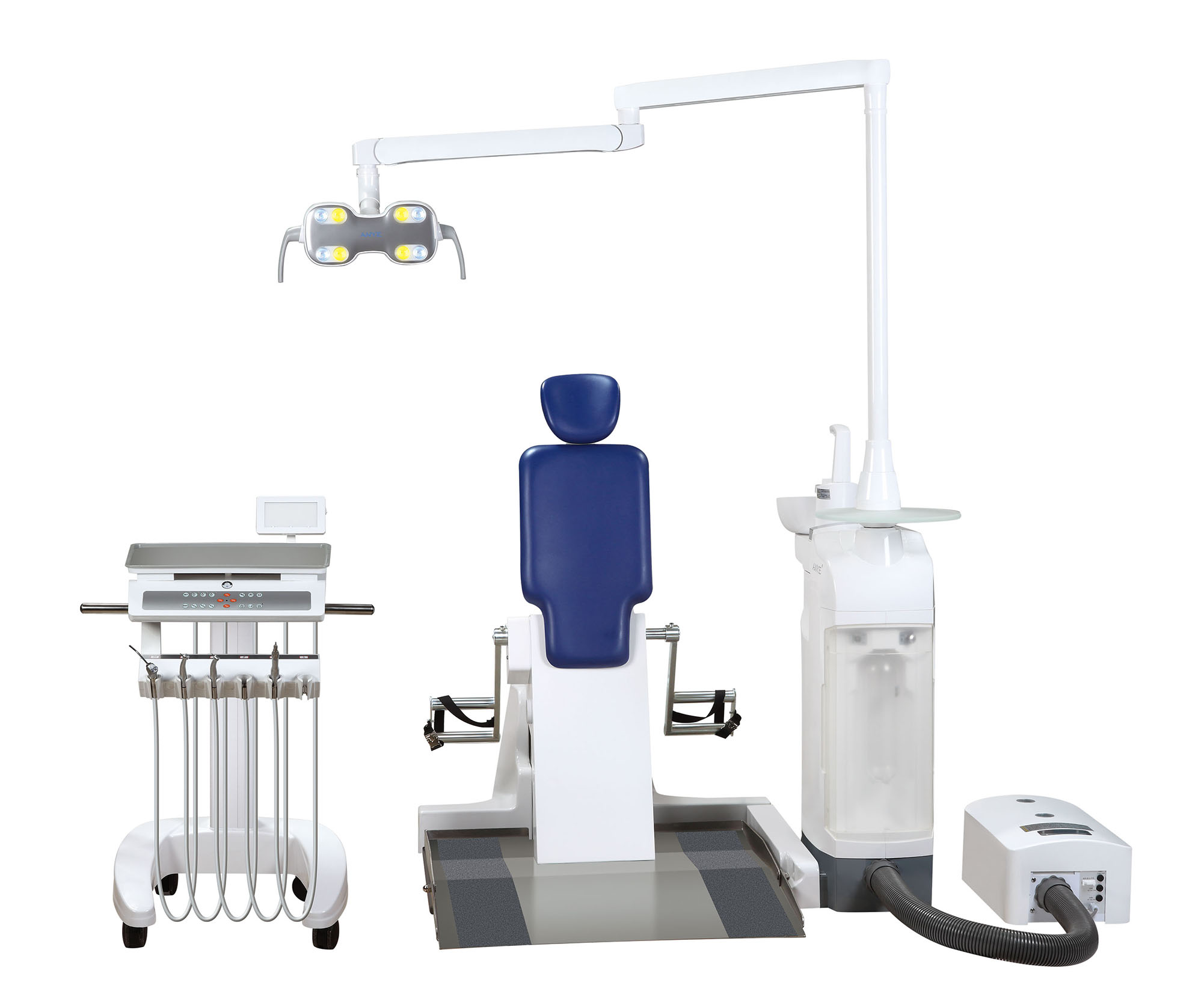
Why Ergonomic Dental Chairs Are Essential for Modern Practices
Ergonomic dental chairs are the backbone of a productive and comfortable dental practice. Designed to support both dental professionals and patients, these chairs address the physically demanding nature of dentistry, where practitioners often maintain awkward positions for extended periods. By investing in high-quality ergonomic chairs, dental practices can significantly enhance efficiency, reduce fatigue, and improve patient care. Anye Dental’s ergonomic solutions are engineered to meet these needs, ensuring a seamless workflow and long-term health benefits for practitioners.
The Science Behind Ergonomic Dental Chairs
Ergonomic dental chairs are built on principles of human biomechanics, focusing on the natural curvature of the spine and providing critical support to areas like the lumbar region. This design promotes neutral postures, reducing muscle and joint strain that can lead to chronic pain or career-limiting injuries. Key features include:
- Adjustable Height and Tilt: Ensures precise positioning for both patients and practitioners.
- Contoured Seating and Backrests: Supports the body’s natural curves for enhanced comfort.
- Customizable Headrests: Maintains proper neck alignment during procedures.
- Supportive Armrests: Allows free movement while providing necessary support.
These features create an environment that prioritizes comfort and precision, ultimately elevating the quality of patient care.
The Broader Benefits of Ergonomic Design
The advantages of ergonomic dental chairs extend far beyond practitioner comfort:
- Enhanced Patient Experience: Comfortable patients are more relaxed, reducing anxiety and improving satisfaction.
- Improved Workflow Efficiency: Integrated controls and strategically placed delivery systems streamline operations, minimizing fatigue.
- Better Team Dynamics: In setups like four-handed dentistry, ergonomic chairs facilitate optimal positioning for both dentists and assistants, enhancing teamwork and reducing errors.
- Long-term Health Benefits: By reducing physical strain, these chairs help prevent musculoskeletal disorders, potentially extending careers and improving quality of life. Studies show that over 70% of dentists experience musculoskeletal issues due to poor ergonomics, underscoring the importance of ergonomic solutions like those offered by Anye Dental.
The Evolution of Dental Chair Design
Dental chairs have come a long way from their rudimentary beginnings. Early designs were often modified barber chairs with limited adjustability. Today, advancements in technology and a deeper understanding of occupational health have led to sophisticated ergonomic designs. Modern chairs feature:
- Memory Foam Cushioning: Enhances patient comfort during lengthy procedures.
- Programmable Positions: Allows quick adjustments at the touch of a button.
- Integrated Delivery Systems: Keeps tools within easy reach for improved efficiency.
- Advanced Materials: Ensures durability while meeting strict hygiene standards.
This evolution reflects a broader shift in dentistry toward a holistic approach that values both patient well-being and practitioner comfort.
The Practitioner's Perspective: How Ergonomic Chairs Transform Dental Practice
Ergonomic dental chairs are revolutionizing dental practices by enhancing comfort, improving clinical outcomes, and boosting overall efficiency. These chairs are designed to support dental professionals in delivering high-quality care while reducing physical strain. By prioritizing ergonomics, practices like Anye Dental are creating healthier work environments that benefit both practitioners and patients.
Precision and Performance: The Ergonomic Advantage
Ergonomic dental chairs offer significant benefits that directly impact the quality of dental care. Here’s how they make a difference:
1. Reduced Physical Strain
Ergonomic chairs promote proper posture, minimizing the physical toll on dentists during long procedures. This ensures sustained focus and precision, even during complex treatments.
2. Enhanced Visibility
Slim-profile headrests and backrests allow dentists to position themselves closer to patients, improving visibility and access to the oral cavity without sacrificing comfort.
3. Increased Stamina
By reducing physical stress, these chairs enable dentists to work longer hours without fatigue, maintaining consistent care quality throughout the day.
4. Improved Hand Stability
Proper support from ergonomic chairs reduces hand tremors and fatigue, ensuring precise movements during delicate dental procedures.
For example, Anye Dental’s AY-215A1 Implant Dental Unit incorporates advanced ergonomic features that enhance both practitioner comfort and patient care.
The Long-Term Impact on Dental Careers
The benefits of ergonomic dental chairs extend far beyond immediate comfort, shaping the long-term success of dental professionals:
1. Prevention of Musculoskeletal Disorders
Dental professionals face a high risk of musculoskeletal disorders due to repetitive tasks and awkward postures. Ergonomic chairs mitigate this risk, potentially extending careers by years.
2. Improved Job Satisfaction
Reduced discomfort leads to higher job satisfaction, fostering better patient interactions and a more positive work environment.
3. Enhanced Focus on Continuing Education
With less energy spent managing discomfort, dentists are more likely to pursue advanced training, staying updated on the latest techniques and technologies.
4. Economic Benefits
While the initial investment in ergonomic chairs may be significant, the long-term savings from reduced injury risks—such as fewer sick days and lower chances of early retirement—are substantial.
For instance, Anye Dental’s AY-215B2 Dental Unit is designed to maximize long-term value, combining ergonomic excellence with cost-effective durability.
Adapting to Ergonomic Excellence
Transitioning to ergonomic dental chairs requires some adjustment, but the long-term benefits far outweigh the initial challenges. Here’s how practitioners can maximize the advantages:
-
Understand Your Equipment
Take time to learn all features and adjustments of your new ergonomic chair. -
Collaborate with Specialists
Work with ergonomic experts to optimize your setup for maximum comfort and efficiency. -
Reassess Regularly
Periodically review and adjust your working positions to ensure optimal ergonomic support. -
Incorporate Exercises
Add stretching and strengthening routines to your daily schedule to complement the benefits of ergonomic equipment.
For more tips on optimizing your dental practice, check out Anye Dental’s guide on Choosing the Best Dental Chair.
Patient-Centric Care: The Role of Ergonomic Chairs in Enhancing the Dental Experience
In modern dental practices, patient comfort is a top priority. Ergonomic dental chairs play a pivotal role in enhancing the dental experience by addressing both physical and psychological needs. These chairs are designed to provide unparalleled comfort, reduce anxiety, and improve overall satisfaction during dental visits. At Anye Dental, we understand the importance of creating a welcoming environment, and our ergonomic chairs are crafted to meet the highest standards of patient care.
Why Comfort Matters in Dental Care
The design of ergonomic dental chairs directly impacts patient experience by focusing on physical and psychological comfort.
Physical Comfort:
Ergonomic chairs are engineered to distribute weight evenly, minimizing pressure points. This design ensures patients remain comfortable during longer procedures, reducing stress and fidgeting. For instance, high-quality cushioning and adjustable components provide personalized support, aligning perfectly with the patient's body.
Psychological Comfort:
The modern aesthetics of ergonomic chairs instill a sense of professionalism and advanced care. Patients often feel more at ease when they see a well-designed chair, which can alleviate anxiety associated with dental visits.
Customizable Positioning:
Many ergonomic chairs offer extensive adjustability, accommodating patients of various sizes and mobility levels. This customization ensures that all patients feel secure and supported throughout their treatment.
Reduced Procedure Time:
Improved access for dentists due to ergonomic designs can lead to quicker procedures, which in turn reduces discomfort and anxiety for patients.
Building Trust Through Better Communication
Ergonomic dental chairs also facilitate better communication between dentists and patients, which is vital for building trust.
Face-to-Face Interaction:
The ability to easily reposition the chair allows dentists to engage with patients directly, fostering better understanding and rapport.
Integrated Technology:
Many modern chairs come equipped with screens or tablet holders that enable dentists to share visual information like x-rays or treatment plans. This enhances patient education and treatment acceptance.
Smooth Transitions:
The seamless adjustment capabilities of these chairs contribute to a professional atmosphere, reinforcing patient confidence in their care provider.
Accessibility and Inclusivity in Dental Care
Ergonomic dental chairs are designed with inclusivity in mind, making dental care more accessible for diverse populations.
Accommodating Mobility Issues:
Features such as lower minimum heights and sturdy armrests assist patients with mobility challenges in entering and exiting the chair comfortably.
Bariatric Options:
Specialized designs cater to bariatric patients, ensuring that everyone can receive comfortable dental care.
Pediatric Adaptability:
Accessories or modifications allow ergonomic chairs to be suitable for pediatric patients, promoting comfort across all age groups.
Long-Term Benefits of Ergonomic Dental Chairs
The benefits of ergonomic dental chairs extend beyond immediate comfort during visits; they can have lasting impacts on overall oral health.
Increased Appointment Compliance:
Positive experiences lead to higher rates of regular appointments, facilitating better preventive care.
Reduced Dental Anxiety:
Over time, consistent comfort can help diminish overall anxiety related to dental visits, encouraging patients to seek care when necessary.
Improved Treatment Acceptance:
When patients feel at ease in their environment, they are more likely to accept recommended treatments, leading to better health outcomes.
Word-of-Mouth Referrals:
Satisfied patients are more inclined to recommend their dentist, potentially improving community access to dental care.
Anye Dental’s Commitment to Patient-Centric Care
At Anye Dental, we are committed to providing the best in patient-centric care, ensuring every visit is as comfortable and stress-free as possible. Our range of ergonomic dental chairs, such as the AY-215A1 and AY-215B2, are designed to meet the diverse needs of modern dental practices.
For more insights on choosing the right dental chair, explore our guide on how to choose the best dental chair for your practice.
The Future of Dental Chair Ergonomics: Innovations on the Horizon
The field of dental chair ergonomics is undergoing a remarkable transformation, driven by technological advancements and a deeper understanding of human biomechanics. These innovations are set to enhance the dental experience for both practitioners and patients, making visits more comfortable and efficient. Companies like Anye Dental, a leader in dental chair solutions, are at the forefront of these developments, integrating cutting-edge technologies into their products.
Smart Technology Integration in Dental Chairs
The next generation of ergonomic dental chairs is poised to incorporate smart technologies that significantly improve functionality. Key features include:
- AI-Assisted Positioning: Utilizing artificial intelligence, these chairs can suggest optimal positioning based on specific procedures and practitioner preferences, enhancing precision in treatment.
- Biometric Feedback: Integrated sensors provide real-time feedback on practitioner posture and patient comfort, allowing for immediate adjustments during procedures. This reduces strain and improves outcomes.
- Virtual Reality (VR) Integration: VR technology creates immersive experiences for patients, reducing anxiety and making dental visits less intimidating.
For example, Anye Dental’s AY-215C5 model integrates advanced AI and biometric systems, setting a new standard for smart dental chairs.
Advanced Materials and Design Innovations
Breakthroughs in materials science are revolutionizing dental chair design. Future chairs may feature:
- Shape-Memory Materials: These adapt to individual body shapes for personalized support and return to a neutral position after each use.
- Ultra-Lightweight Construction: New materials enable lightweight yet durable chairs, making them easier to reposition and clean.
- Self-Cleaning Surfaces: Advances in nanotechnology create surfaces that resist bacterial growth, simplifying sterilization and improving hygiene standards.
Anye Dental’s AY-215B5 model exemplifies these innovations with its lightweight design and self-cleaning capabilities.
Sustainability and Eco-Friendly Design
With growing environmental concerns, future dental chairs are expected to prioritize sustainability. Innovations include:
- Energy-Efficient Systems: Chairs incorporate energy-saving motors and power systems to reduce electricity consumption.
- Recyclable Components: Manufacturers use recyclable materials, supporting a circular economy.
- Modular Design: Easily replaceable modules extend the chair’s lifespan while minimizing waste.
Anye Dental is committed to sustainability, as seen in their AY-215A5 model, which features recyclable components and energy-efficient systems.
Personalization and Adaptability
The trend toward personalized healthcare is influencing dental chair design. Innovations include:
- Patient Profiles: Chairs store individual profiles, automatically adjusting to preferred settings for enhanced comfort.
- Customizable Interfaces: Practitioners can tailor controls and displays to fit their workflow, boosting efficiency.
- Adaptive Learning: Chairs learn from usage patterns, continuously improving comfort and functionality.
Anye Dental’s AY-215C2 model offers customizable interfaces and adaptive learning features, making it a top choice for modern practices.
Integration with Practice Management Systems
Future dental chairs will become integral to practice management, offering features like:
- Procedure Tracking: Automatic logging of procedure times and types streamlines record-keeping and billing.
- Maintenance Alerts: Integrated diagnostics notify managers when maintenance is needed, reducing downtime.
- Patient Flow Optimization: Chairs communicate with scheduling systems to improve appointment management.
Anye Dental’s AY-215B2 model integrates seamlessly with practice management systems, enhancing operational efficiency.
In conclusion, the significance of dental chair ergonomics cannot be overstated. From enhancing practitioner health and career longevity to improving patient comfort and treatment outcomes, ergonomic dental chairs are at the heart of modern dental practice. As we look to the future, continued innovations in this field promise to further revolutionize the delivery of dental care, ensuring that both dental professionals and patients can smile with comfort and confidence for years to come.

